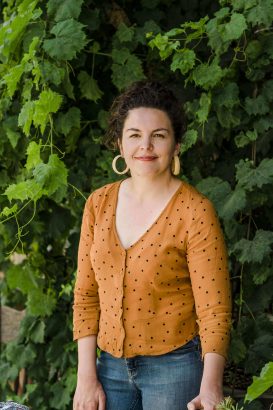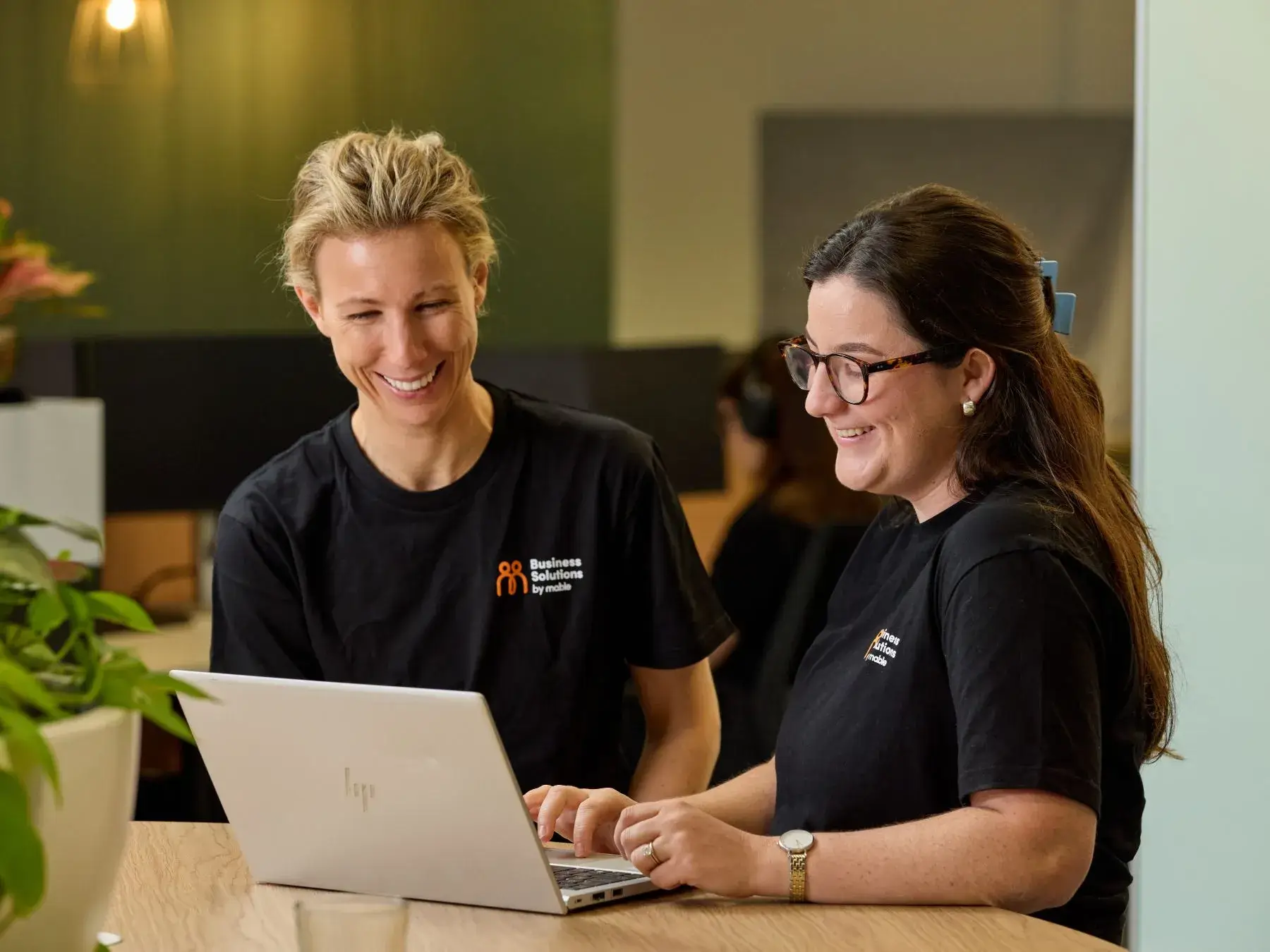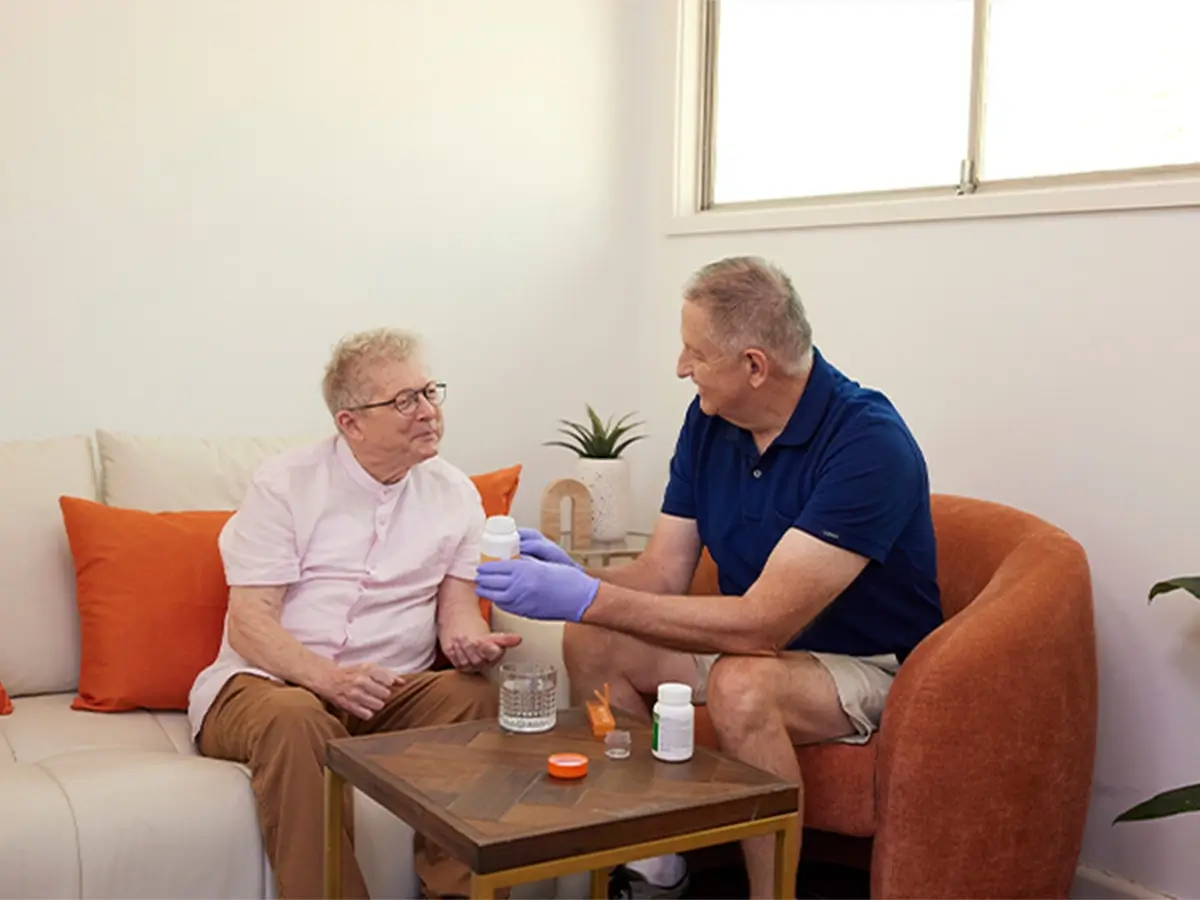Imagine a world where accessibility is not something people living with disability need to fight for. A world in which we don’t have to continually ‘raise awareness’ because people already are aware — and inclusive.
If we truly want that, then we need to start at the beginning. We need more kids who are raised with exposure to disability, not just in their own life, but in what they feed their growing minds.
A new children’s book Come Over to My House, co-authored by disability advocate Eliza Hull and bestselling author Sally Rippin, does just that. It teaches young children about different disabilities in a really colourful and fun way.
Come on over

Come over to my house. Come over and play!
I’ll show you around, you can stay the whole day.
We’ll swing on the swing-set and splash in the pool.
Then I’ll race you inside where my bedroom is cool.
So begins the book which at first glance appears to be another sweet rhyme about childhood. But look at the illustrations and you spot a child on a swing, another with a mobility aid and a mum sitting by the pool with a wheelchair nearby.
This is a different book and a few pages on, we discover exactly why:
Come over to my house, the day after next!
Our doorbell will flash … or you can just text.
Your mum can stay too, I can teach her to sign, though writing things down will also be fine.
As the young reader is invited to play at different friend’s houses, we learn each has a parent with a different disability. Children learn about hearing and vision impairment, autism, intellectual disability, dwarfism, physical disability and more.
Each home is authentically portrayed with modifications such as ramps and assistive supports are observed including walking frames, braille books and noise cancelling headphones.
In this way, disability is normalised and young children learn there are lots of different homes and people who live in those homes.
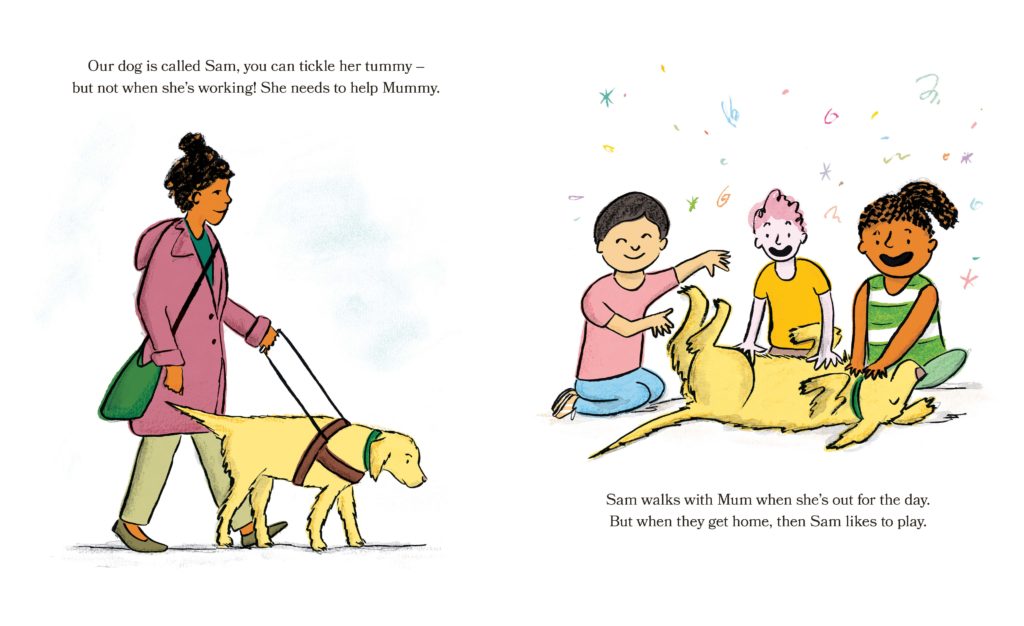
Meet the author
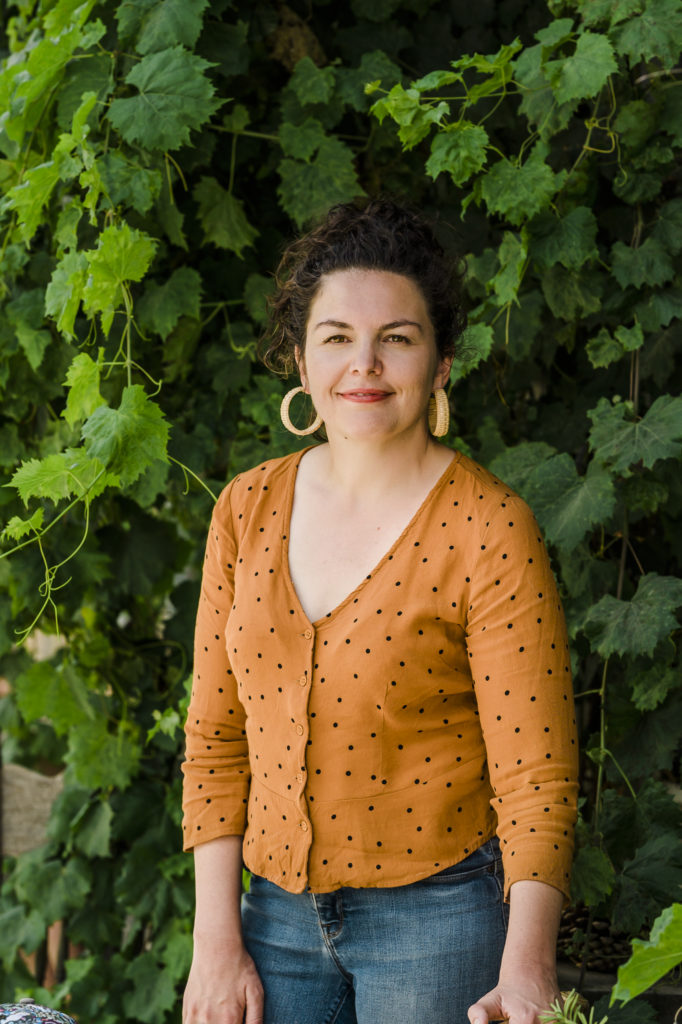
Eliza is also a mum with disability. She has a physical condition called Charcot Marie Tooth and identifies with 15 percent of Australian parents who live with disability. She is a proud disability advocate and has previously compiled a book called We’ve Got This – stories by disabled parents.
Come Over to My House also features parents with disability, but each story is told through a child’s eyes, gently educating the future generation about diversity and inclusion.
Representation is powerful
We all know the power of representation. “This book is about creating positive and authentic representation of families that are disabled,” Eliza says.
“It’s for kids to see themselves and their families represented, but it’s also for families that are not disabled that want to learn about disability,” she adds.
Indeed representation matters. It’s what makes each of us feel less alone in this world. Unfortunately, people with disability are not represented near enough in the media, film, on TV or in books, including childrens’ literature.
“If I had had positive representation, I don’t think I would have grown up so ashamed of being disabled,” Eliza reveals.
A book for all kids
That said, Come Over to My House isn’t just a book for some kids to see themselves or their families within the colourful pages.
“This book is for all kids,” says Eliza.
“I hope that for young people with disability, they see themselves represented … For the rest, I hope they learn that disability isn’t a negative or a deficit or something that ought to be feared.”
Come Over to My House is also aimed at helping parents, teachers and educators have conversations with kids. At the end of the story, there are some helpful notes on language and ways to talk about disability with children to further their understanding.
On a personal note
Personally, I — a parent with hearing impairment — identify with this book.
While I know my kids have certain insights thanks to growing up with me, this book teaches them about others’ lived experience of disability. It also reminds them there are many, many kids growing up in families similar to theirs; families where disability is part of everyday life and inclusiveness is the norm.
Now, imagine the world if more people had this understanding!
Come Over to My House will be released on September 21.
Written by: Lana Hallowes
Lana Hallowes is a freelance writer and mum of two boys, who are growing up much faster than she’d like. She loves writing for Mable and is an advocate for inclusion, being hearing impaired herself and living in a neurodiverse household.
